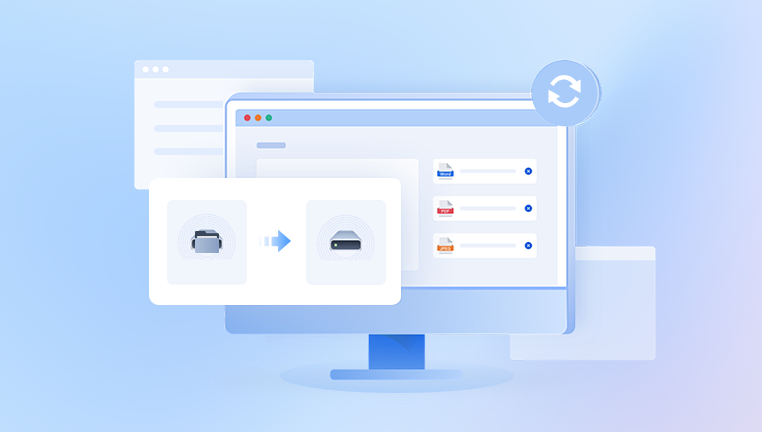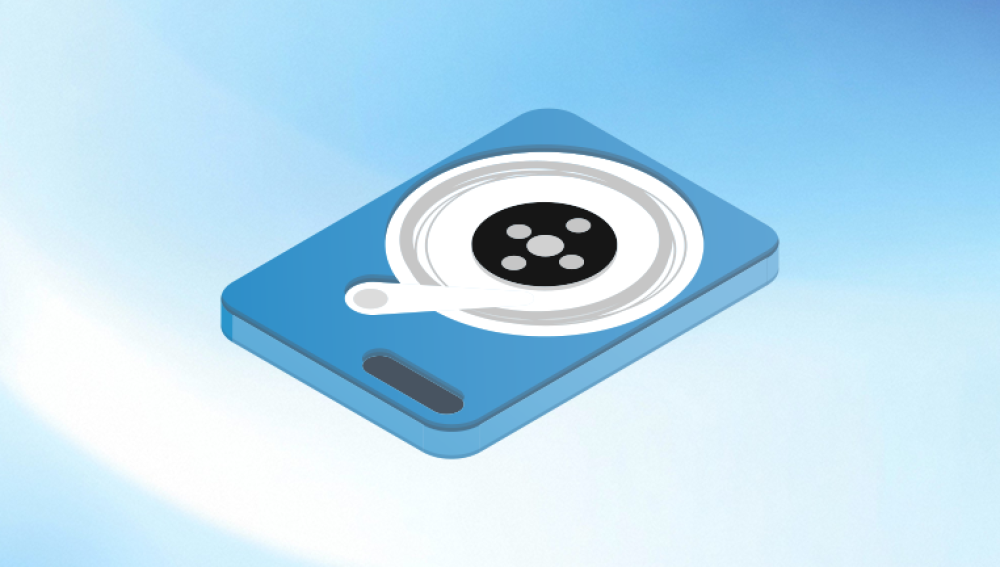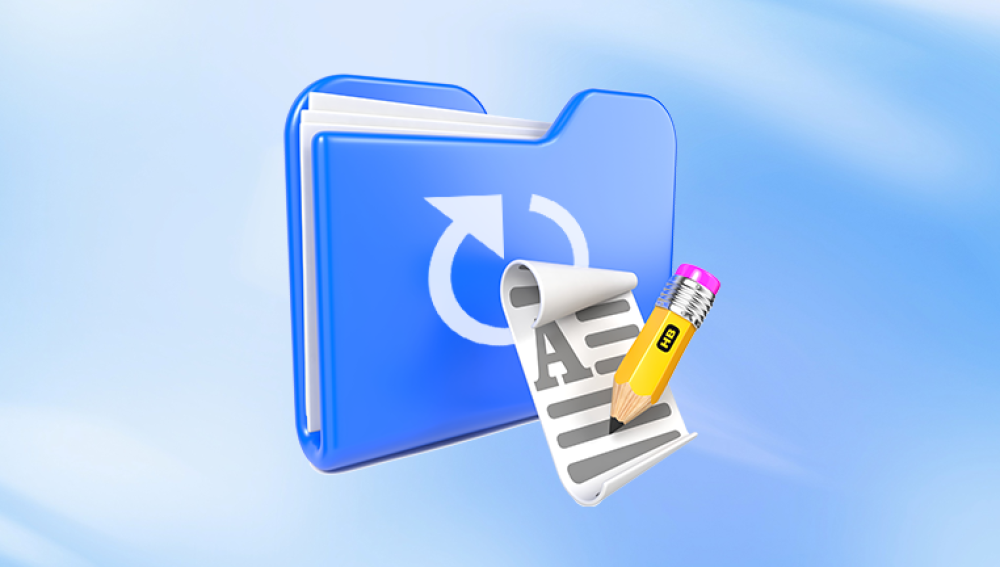Imagine turning on your computer and discovering that an entire partition of your hard drive—where you stored precious documents, photos, or work projects—is missing. It's a scenario that can induce panic in even the most tech-savvy users. However, lost partitions aren’t necessarily gone forever. With the right tools and techniques, you can find and restore lost partitions without losing data.
A partition is a section of a physical hard drive that's treated as a separate unit by your operating system. You can think of it as dividing your hard drive into different compartments—like splitting a bookshelf into categories such as books, magazines, and documents.
Common types of partitions include:
Primary Partition – Bootable and often contains the operating system.
Extended Partition – Holds logical drives when you exceed the limit of primary partitions.

Logical Partition – Exists within an extended partition for data storage.
These partitions are defined by a partition table, which helps the operating system identify where each partition starts and ends.
Common Causes of Lost Partitions
Understanding why partitions disappear is crucial for selecting the best recovery method. Here are the most common reasons:
1. Accidental Deletion
Users may delete a partition by mistake using disk management tools or third-party software.
2. File System Corruption
Viruses, power outages, or improper shutdowns can corrupt the file system and cause partitions to become unreadable or hidden.
3. Partition Table Damage
If the MBR (Master Boot Record) or GPT (GUID Partition Table) becomes damaged, the system may not recognize existing partitions.
4. Malware or Virus Attacks
Ransomware and other malicious software can delete or hide partitions as part of an attack.
5. Bad Sectors on the Disk
Physical damage to a drive may corrupt the partition information, making data inaccessible.
6. Operating System Errors or Updates
Sometimes system updates or OS installation errors can overwrite or lose partition data.
How to Check If a Partition Is Lost
Before jumping into recovery, it’s important to confirm that the partition is actually lost—not just hidden or unassigned.
✅ Step 1: Check Disk Management
Press Windows + X > Select Disk Management
Look for unallocated space or partitions without drive letters.
✅ Step 2: Use Command Prompt
Open Command Prompt and type:
sql
CopyEdit
diskpart list disk select disk 0 list partition
You may find the partition listed but without a drive letter.
✅ Step 3: Use Third-Party Disk Tools
Tools like MiniTool Partition Wizard, EaseUS Partition Master, or AOMEI Partition Assistant can detect hidden or lost partitions more clearly.
Methods to Find and Restore Lost Partition
Here are the most effective methods for recovering lost or deleted partitions.
Method 1: Recover Partition Using Disk Management
If the partition is unallocated or missing a drive letter:
Open Disk Management
Right-click on the unallocated space > Click New Simple Volume
Assign a drive letter and file system (NTFS or FAT32)
Finish the wizard
⚠️ Warning: This may format the partition. Only use this if you're certain it doesn’t contain critical data.
Method 2: Restore Partition Using TestDisk (Free and Powerful)
TestDisk is an open-source partition recovery tool known for its effectiveness.
Steps:
Download TestDisk from https://www.cgsecurity.org
Extract and run the TestDisk executable
Choose Create to log
Select the affected drive
Choose partition table type (usually Intel or EFI GPT)
Choose Analyse > then Quick Search
If the partition is found, press Enter
Press Write to restore the partition table
TestDisk doesn’t recover individual files—it recovers entire partitions.
Method 3: Use Partition Recovery Software (GUI Tools)
Drecov Data Recovery
A partition can disappear due to accidental deletion, file system corruption, malware attacks, or even improper OS installations. When this happens, your data may seem inaccessible but it’s often still recoverable. Drecov Data Recovery is designed to scan deep into your storage device, identify missing or unallocated partitions, and restore them safely.
Using advanced algorithms, Panda can detect deleted or hidden partitions on hard drives, SSDs, USB drives, and memory cards. Whether the partition was formatted, deleted, or simply became invisible due to MBR/GPT issues, Drecov Data Recovery walks you through the process step by step—no technical expertise required.
Key features include:
Fast and deep scan modes
Support for NTFS, FAT32. exFAT, and other file systems
Recovery of lost partitions without overwriting existing data
Intuitive interface with a preview function
To recover a lost partition with Drecov Data Recovery:
Launch the software and select the affected drive.
Choose “Partition Recovery.”
Let the software scan for lost or deleted partitions.
Preview the found data and restore it with one click.
Don’t let a lost partition lead to permanent data loss. With Drecov Data Recovery, recovering your files is fast, secure, and effective. Download now and bring your lost data back to life.
Method 4: Recover Using Command Prompt (for Advanced Users)
If the partition is there but lacks a drive letter, you can reassign it:
Steps:
Open Command Prompt as Administrator
Type the following:
nginx
CopyEdit
diskpart list volume select volume X assign letter=E
Replace X with your volume number and E with your preferred drive letter.
Method 5: Use System Restore (if available)
If the partition disappeared due to a system change or corruption, try a System Restore.
How:
Go to Control Panel > Recovery > Open System Restore
Choose a restore point before the issue
Follow the wizard to restore system files
⚠️ Note: This method won’t recover deleted partitions, but may fix corrupted system settings causing the partition to disappear.
What to Do If the Partition Is Not Recoverable
If none of the methods work:
✅ Create a Disk Image First
Use tools like Macrium Reflect or Clonezilla to create an image of the drive before further recovery attempts.
✅ Contact Professional Data Recovery Services
If the data is critical and recovery has failed, experts can retrieve data from physically or logically damaged drives. Services like:
DriveSavers
Ontrack
Secure Data Recovery
These come at a high cost but offer advanced solutions for severe cases.
How to Prevent Future Partition Loss
While data recovery is possible, data loss prevention is even more important.
🛡️ Best Practices:
1. Regular Backups
Use external hard drives or cloud storage (Google Drive, Dropbox, OneDrive).
2. Disk Imaging Software
Create full system backups using tools like Acronis or Macrium Reflect.
3. Avoid Untrusted Tools
Never use unverified partition or disk management software.
4. Use Surge Protectors
Power surges can damage drives and corrupt data.
5. Keep Your OS and Drivers Updated
Outdated drivers can cause compatibility issues and data corruption.
6. Monitor Drive Health
Use tools like CrystalDiskInfo to check for bad sectors or imminent failure.
FAQs About Lost Partition Recovery
❓ Can I recover a lost partition without formatting?
Yes, tools like TestDisk or EaseUS Partition Recovery allow you to restore partitions without formatting, preserving your data.
❓ Is it possible to recover a partition after reinstalling Windows?
In some cases, yes. If the installation created new partitions but didn't overwrite the data, recovery tools might find the original partition.
❓ What’s the difference between partition recovery and data recovery?
Partition Recovery restores the structure (metadata) of the disk partition.
Data Recovery extracts individual files from corrupted or deleted partitions.
❓ How long does partition recovery take?
It depends on:
Drive size
Damage level
Tool used
Scans can take anywhere from 10 minutes to several hours.




